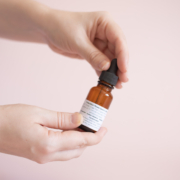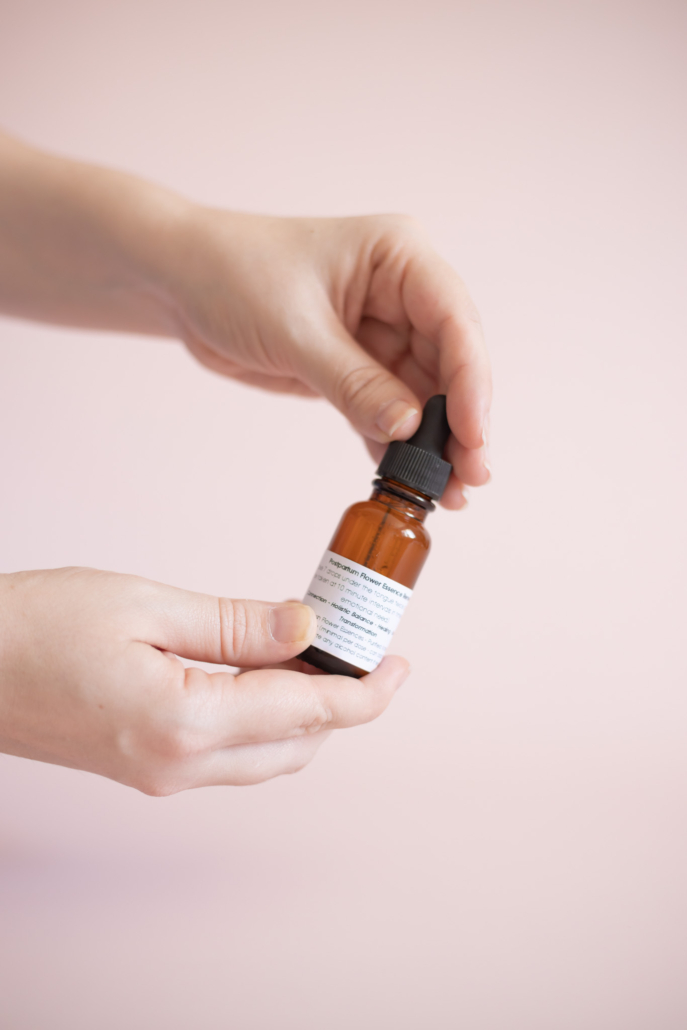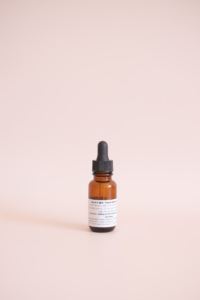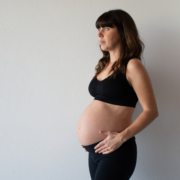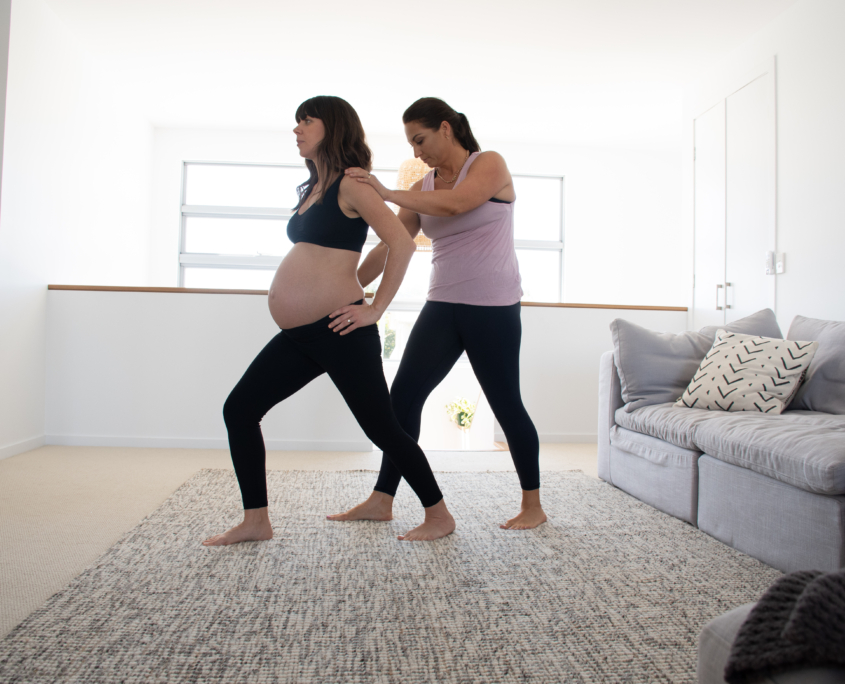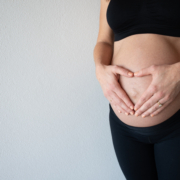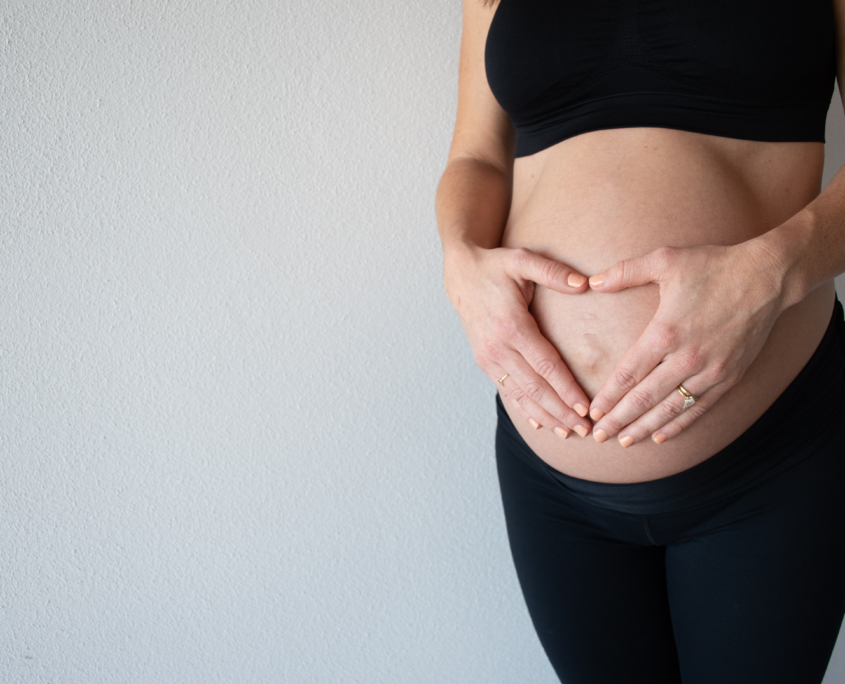Emotional Burnout in Motherhood: Recognising the Signs and How to Reclaim Your Energy
Motherhood is a journey filled with love, joy, and endless responsibilities. But the constant demands of parenting, juggling household tasks, and managing the emotional needs of your family can lead to emotional burnout. This isn’t just about feeling tired—it’s about reaching a point where even the simplest tasks feel overwhelming, and the joy of motherhood seems out of reach.
If you’ve been feeling drained, irritable, or disconnected, you’re not alone. Emotional burnout is a common challenge that many mums face, but it’s important to address it before it takes a toll on your well-being. This blog will help you recognise the signs of emotional burnout and offer practical strategies to reclaim your energy and find balance.
1. Understanding Emotional Burnout in Motherhood
Why It Matters:
Emotional burnout occurs when the ongoing stress of managing daily responsibilities outweighs your ability to cope, leaving you feeling exhausted, overwhelmed, and emotionally detached. It’s not just about physical fatigue—it’s a state of mental and emotional depletion that can impact every aspect of your life.
Signs of Emotional Burnout:
- Irritability and Overwhelm: Feeling easily frustrated, anxious, or on edge over small things.
- Loss of Interest: No longer finding joy in activities you used to enjoy or feeling disconnected from your passions.
- Decision-Making Struggles: Difficulty making even simple decisions, feeling mentally foggy or indecisive.
- Emotional Numbness: Feeling disconnected from your family or emotionally flat, unable to engage fully.
- Persistent Guilt: Constantly feeling like you’re not doing enough or that you’re failing as a mum.
Recognising these signs is the first step toward managing burnout and taking back control of your emotional well-being.
The Impact of Burnout on You and Your Family
Emotional burnout doesn’t just affect you—it impacts your entire family dynamic. When you’re emotionally depleted, it’s harder to be patient, attentive, and fully present with your loved ones. Burnout can lead to increased tension at home, frequent arguments, and a cycle of guilt and frustration that’s difficult to break.
Prioritising your emotional health isn’t just self-care; it’s essential for creating a balanced, loving environment for your family. When you take care of yourself, you’re better equipped to care for those you love.
Practical Strategies to Combat Emotional Burnout
Here are some actionable steps to help you manage and overcome emotional burnout:
- Set Realistic Expectations: Motherhood often comes with pressure to be the perfect mum, partner, and friend. It’s important to let go of unrealistic expectations and focus on what truly matters. You don’t have to do it all—prioritise tasks that bring value to your day and let go of the rest.
- Incorporate Massage as a Key Self-Care Strategy: Massage is more than just a luxury; it’s a powerful tool to help you reconnect with your body, reduce stress, and alleviate the physical symptoms of burnout. Regular massage sessions can help lower cortisol levels (the stress hormone), improve mood, and boost overall emotional well-being. Massage provides a dedicated time to relax, unwind, and focus on yourself—something that’s often missing in the busy life of a mum. Whether it’s a full-body massage or a targeted treatment for tension in your neck and shoulders, this hands-on therapy can be a game-changer in managing emotional burnout.
- Create Micro-Moments of Self-Care: Self-care doesn’t have to mean hours away from your responsibilities. Even small moments—like enjoying a hot cup of tea, taking a few deep breaths, or spending five minutes stretching—can help reset your mind and body. These micro-moments can make a big difference in how you feel throughout the day.
- Establish Boundaries and Learn to Say No: Saying yes to every request can quickly lead to overwhelm. Set clear boundaries around your time and energy, and don’t be afraid to say no to commitments that don’t serve you or your family. Protecting your peace is a vital part of managing burnout.
- Connect with Supportive People: Isolation can intensify feelings of burnout. Reach out to friends, family, or local support groups who understand what you’re going through. Sometimes, just talking about your feelings can lighten the emotional load you’re carrying.
- Prioritise Sleep and Rest: Sleep is crucial for emotional resilience, but it’s often sacrificed in the busyness of motherhood. Create a bedtime routine that helps you wind down, and aim to prioritise rest—even if it’s just a short nap. Quality sleep can significantly improve your mood, energy, and ability to handle stress.
Reclaiming Your Energy: Finding Joy in Small Moments
Rediscovering joy in everyday moments can help lift the fog of burnout. It doesn’t have to be a big event—small, simple pleasures can reignite your sense of fulfillment. Spend time doing activities that bring you happiness, like reading a book, gardening, or treating yourself to a rejuvenating massage. These pockets of joy are vital to replenishing your emotional reserves and reminding you of the positives in your life.
Emotional burnout in motherhood is real, but it doesn’t have to define your journey. By recognising the signs and taking proactive steps to care for yourself, you can start to reclaim your energy and find balance. Remember, taking care of yourself isn’t selfish—it’s necessary for you and your family. You deserve to feel supported, fulfilled, and energised every step of the way.
Motherhood is a marathon, not a sprint. Give yourself grace, take one step at a time, and know that you’re doing an amazing job. You’ve got this, Mama!


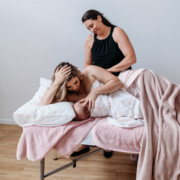


 Is Massage Safe in Pregnancy?
Is Massage Safe in Pregnancy? Jess Ngaheu
Jess Ngaheu